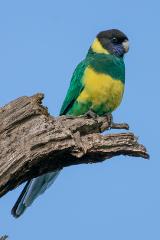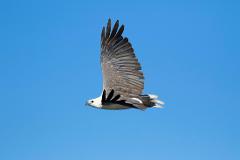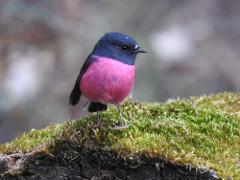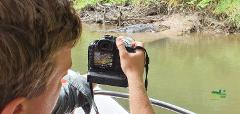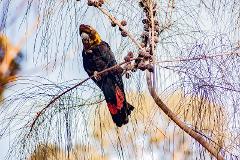North Queensland – Tropical Birding Tour
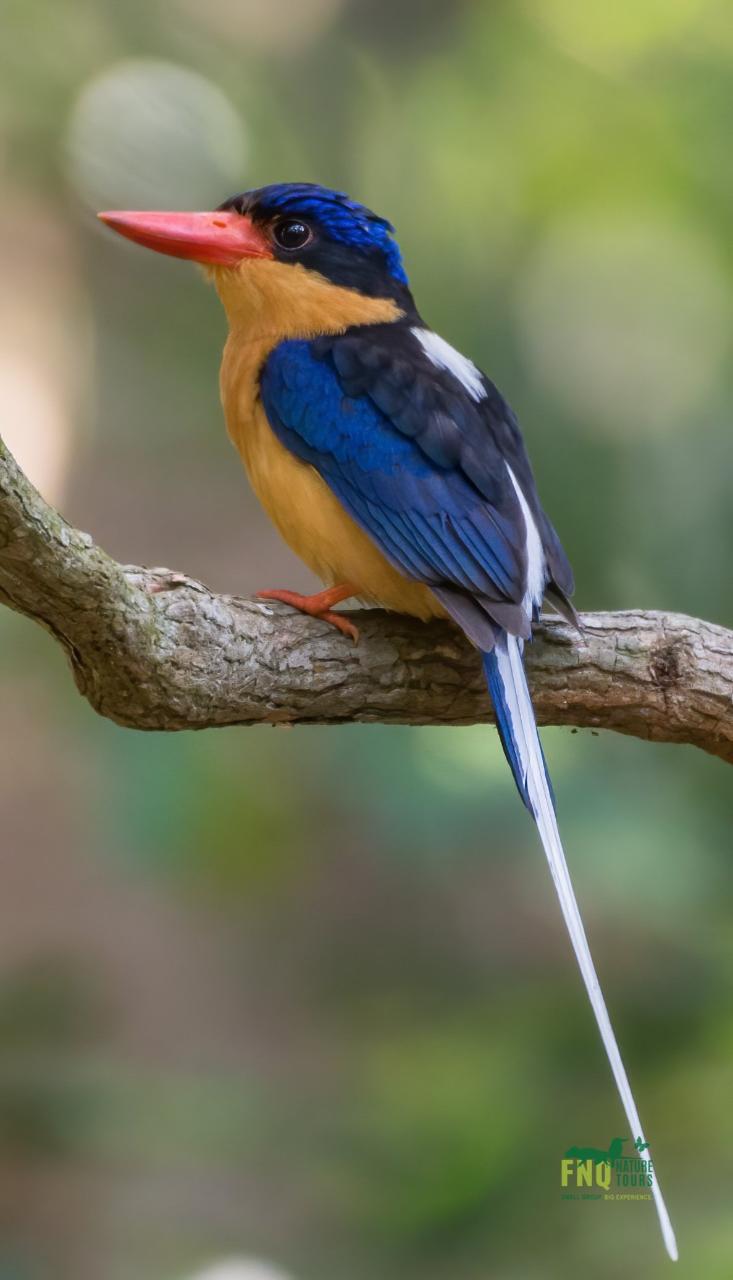
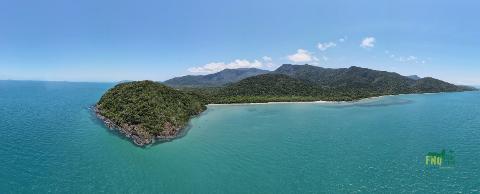

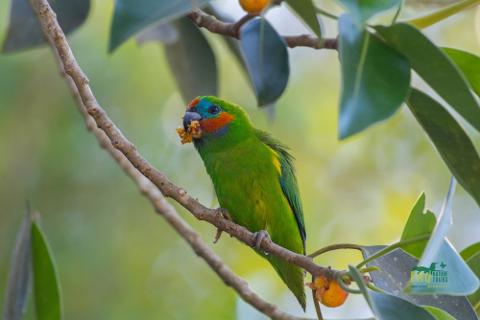
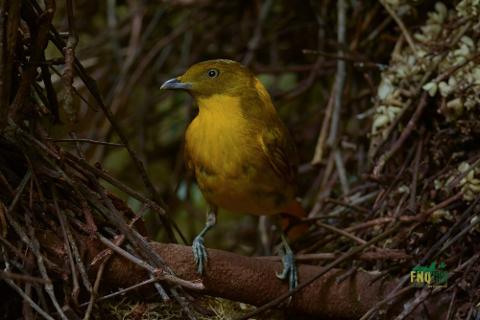
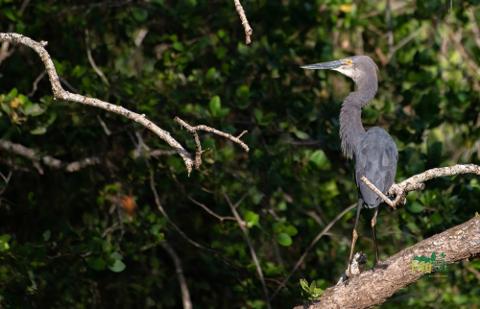
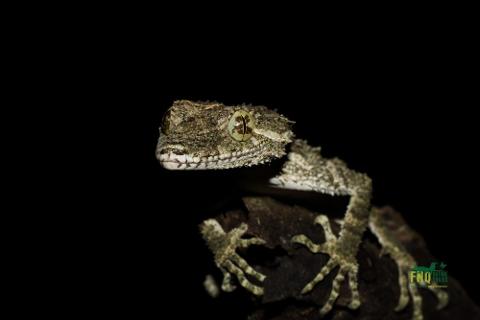

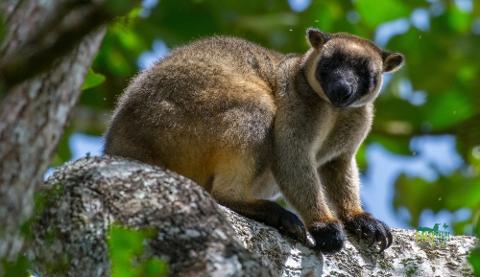
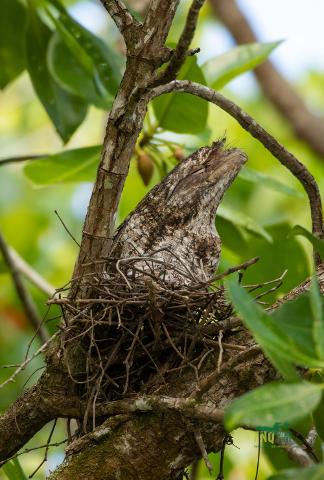
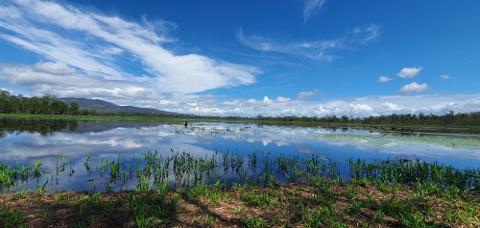
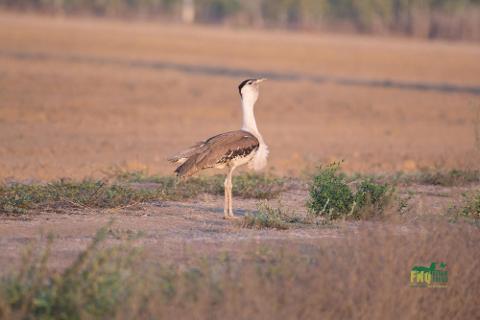
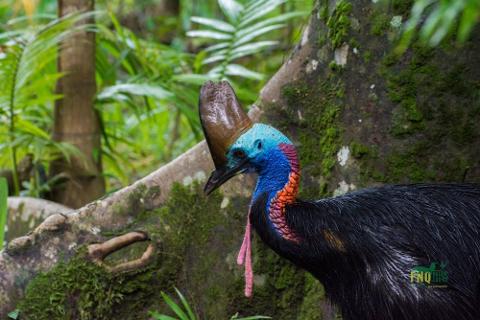
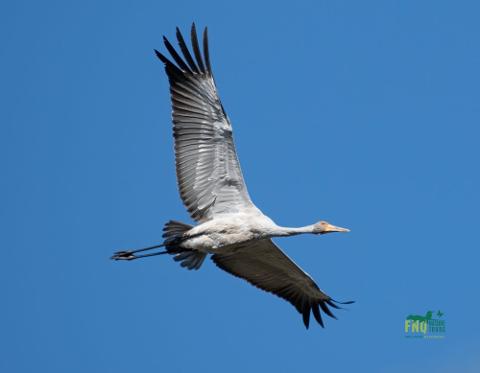

- Duration: 5 Days (approx.)
- Location: Cairns, Queensland
- Product code: NthQLDTropical Birding
The Wet Tropics stretch from Townsville to Cooktown encompassing approximately 9000sq.km of rainforest interspersed with farmland, rivers and tropical savannah, not to mention coastline and coral cays. Such an array of habitats explains the region’s high diversity of flora and fauna. With more than 450 avian species recorded, including 13 endemics, its Australia’s twitching mecca, and you don’t have to venture far from Cairns to enjoy a rich bird-watching experience in a variety of environments.
Join us on this journey as we cover a vast variety of birding hotspots in Far North Queensland
AT A GLANCE
Activity Level
Moderate
Duration
5 days, 4 nights
Group Size
Minimum 4, maximum 8 guests
Featuring Regions
Daintree Rainforest, Cape Tribulation, Julatten, Mareeba,
Atherton Tablelands, Crater Lakes National Park, Cairns
WHAT’S INCLUDED:
- 5 days exclusive touring
- 4 night’s accommodation as per itinerary
- Meals included: morning tea while on tour, 4 x breakfasts, 5 x lunches, 4 x dinners
- Modern, comfortable, air-conditioned vehicle
- Passionate interpretive guide throughout days 1–5
- Pre-dawn cruise on day 2
- Photography support
- Sunscreen and insect repellent
- First-aid kit on board
- Umbrellas provided for rainy days
COSTS DO NOT INCLUDE:
- Domestic or international airfares
- Pre-registration, late check out or day use at hotels other than specified above
- Guide services other than specified
- Meals/beverages other than specified
- Tips and gratuities
- Optional tours/services.
https://australiangeographictravel.com/tours/north-queensland-tropical-birding-tour

